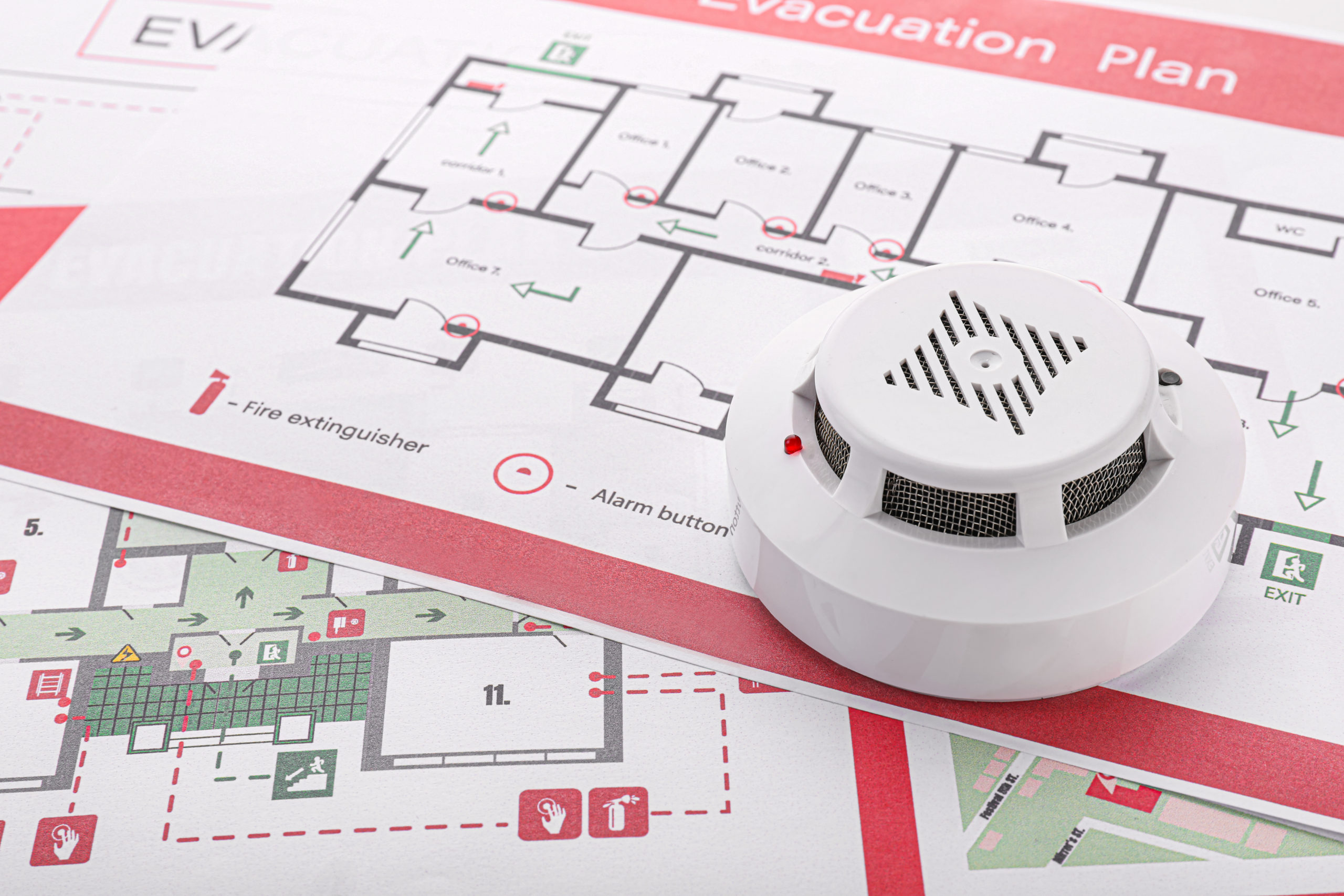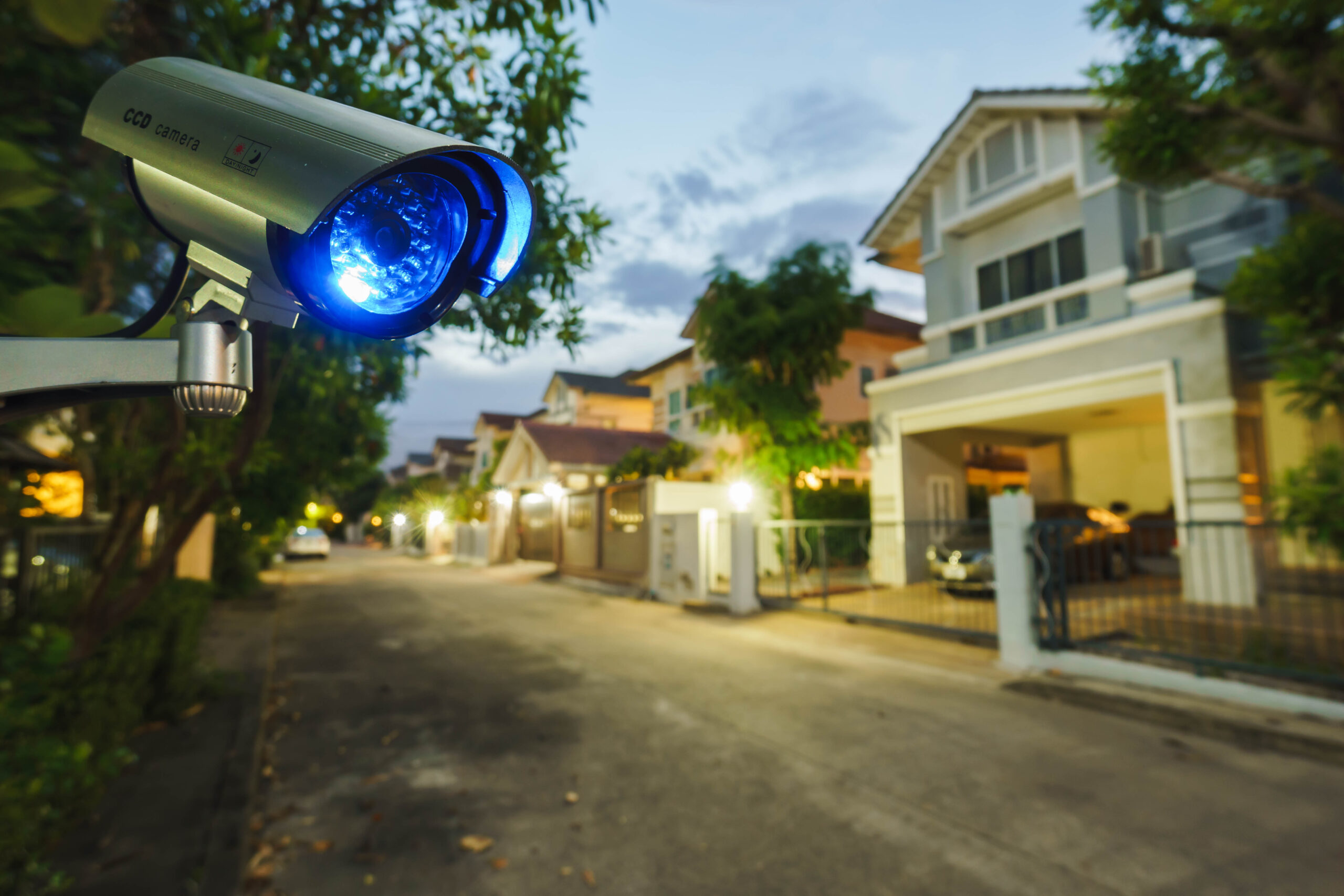by Diane Masiello
Every year, an estimated 358,000 fires occur in homes. According to FEMA, 72.2% of fire deaths are from residential fires. These fires are also responsible for 76.4% of fire injuries and 46.4% of fire dollar loss. 50% of home fires start in the kitchen, distantly followed by the bedroom (7%), living room (6%) and laundry room (3%). The majority of fires outside the kitchen are caused by faulty wiring, improper use of heating appliances and malfunctioning electric wiring.
How can people use this knowledge to stay safe?
- Have a fire extinguisher in the kitchen, and know how to use it. While it would be nice to have a sprinkler system installed over the stove in the kitchen, and essential to have smoke detectors/fire alarms there, keeping a fire extinguisher handy can be a life-saver. Keeping one in any room where a fire might break out—including the bedroom and laundry room—is an easy and relatively inexpensive precaution that could save the day. And an easy way to remember how to use that fire extinguisher is PASS: Pull the pin, Aim at the bottom of the fire, Squeeze the handle slowly and Sweep the extinguisher from side to side.
- Have a fire alarm/smoke detector in every room of the house, including hallways outside bedrooms. Test them every month, and replace their batteries annually even if they are still working. Investing in a home alarm system with fire-detecting and fire department calling capability is also a great idea if the home care budget allows.
- Clean the dryer’s lint trap before every load of laundry, and clean the dryer ducts every six months to a year, depending on how much laundry your household does each week. No matter how much lint the dryer screen catches, some always escapes. In addition, animals will sometimes build shelters in insufficiently protected housing ducts. Duct cleaning companies will go up on the roof with vacuuming equipment to clean anything out of those ducts which might contribute to fires.
- Be incredibly careful with portable heaters. Never put anything on them, like clothes, sweaters, pajamas or robes. Unplug them before leaving the house. Keep them far away from anything flammable like curtains or bedding, and do not put them on carpets or rugs. Space heaters should always be placed on tile or ceramic floors. Try to buy a heater that automatically shuts off if it tips over. Also, make sure to plug heaters into their own electrical outlet and be certain that the outlet’s wiring is sound.
- Fix faulty electrical outlets immediately. Electricians may be expensive, but they’re worth their weight in gold when compared to the millions that can be lost in a house fire. If a power outlet is not working, keeps tripping the electrical breaker, or is in any way showing signs of sparking or burning, there are many electrical services that will come out for repair either same day or within the week. Be sure, until an electrician arrives, not to use or put anything near that power outlet.
While these are important year-round precautions to take, the majority of home fires outside the kitchen, bedroom and laundry room occur during the winter holiday season because of unattended lit candles, improperly extinguished fires in the fireplace, smokers visiting in non-smoking households and fresh pine Christmas trees catching fire because of faulty light wiring. Thus, it’s important to be extra careful during this time when there will be different people in the home and everyone is at least slightly out of their routine. Consider asking smokers to take their butts outside. Be sure to unplug the Christmas tree before going to bed. Never leave a lighted candle unattended for even a minute. Be extra aware of toddlers’ proximity and access to flammable items like matches, lighters and holiday sparklers—and never underestimate their desire or their ability to create fire hazards adults might never imagine.
Yet what if the unthinkable happens, and a fire does start? The key to surviving such a catastrophe relies on preparing in advance with a fire safety plan. The Red Cross has many recommendations regarding fire safety. Everyone in the household, even the smallest children, should:
» Know how to call 9-1-1
» Know what a smoke alarm sounds like
» Be well-versed and rehearsed in a plan for what to do when they hear a smoke alarm
» Know two ways to escape from every room in the home
» Know a designated meeting spot outside the home where they can run should a fire break out
» Know how to reach a designated contact person outside of the family through which everyone can communicate if they can’t find each other
» Know how to stop, drop and roll if their clothes should catch fire
The Red Cross recommends practicing a fire escape plan at least twice a year, where one person in the family presses the smoke alarm test button or yells “fire,” and everyone has to get out and to the designated safety spot in just two minutes—the maximum amount of time most people have to escape a home fire. The Red Cross has a fantastic resource on their website with home fire escape plans for single-family homes, multi-family homes and highrise apartment complexes. They also have a printable worksheet people can use to plan and practice fire drills at home.
As with all safety issues, preparation and prevention are much more valuable than anything that can be done to mitigate damage after the fact. With fire safety, a small amount of planning goes a long way toward keeping the home and loved ones free from the pain of losing even some of their possessions and the unthinkable trauma of losing a family member.








Leave A Comment